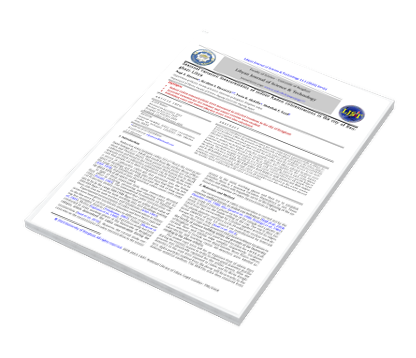Seasonal variation measurements of indoor Radon concentrations in the city of Ben- ghazi- Libya 1
DOI:
https://doi.org/10.37376/ljst.v11i1.2423Abstract
Indoor concentrations of radioactive radon gas were determined experimentally in fifteen selected locations within the grounds of the University of Benghazi, Benghazi city–Libya. Detection and registration of radon gas were achieved by means of CR-39 plastic detectors (SSNTD) attached to stainless steel cups that contain the samples using the method known as can technique or sealed-cup technique. Forty-five samples within the fifteen selected locations were counted for ninety days interval in the summer season and repeated for the winter season. Radon concentrations were determined for three different sample types in each of the fifteen locations. The three samples are defined as a brick wall, ceramic flooring and marble ledge in the faculty of Science building. Results showed that radon concentrations for all sample types and in all locations were below the ICRP action level limits in both seasons and their magnitudes are seasonal dependent, with high radon concentrations attained in the winter season. Exhalation rates and annual effective doses from all samples were also calculated and showed the familiar linear relationship with radon concentration
Downloads










 LJST Copy rights form
LJST Copy rights form


